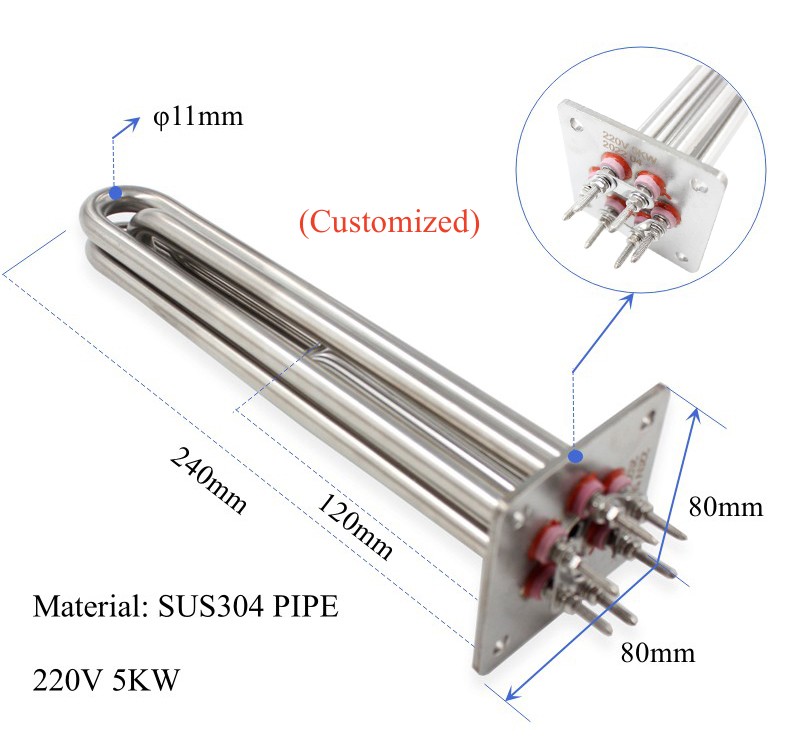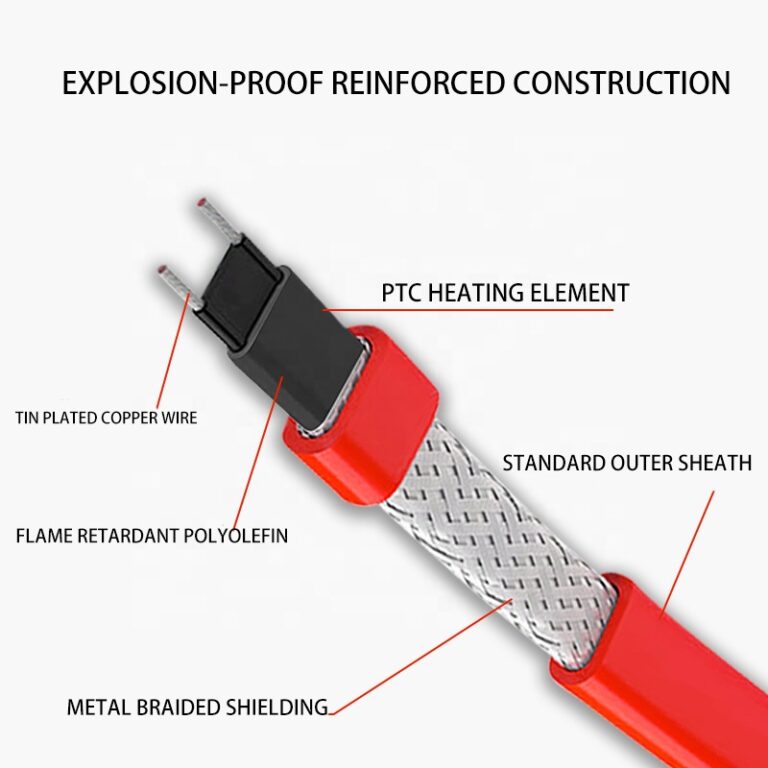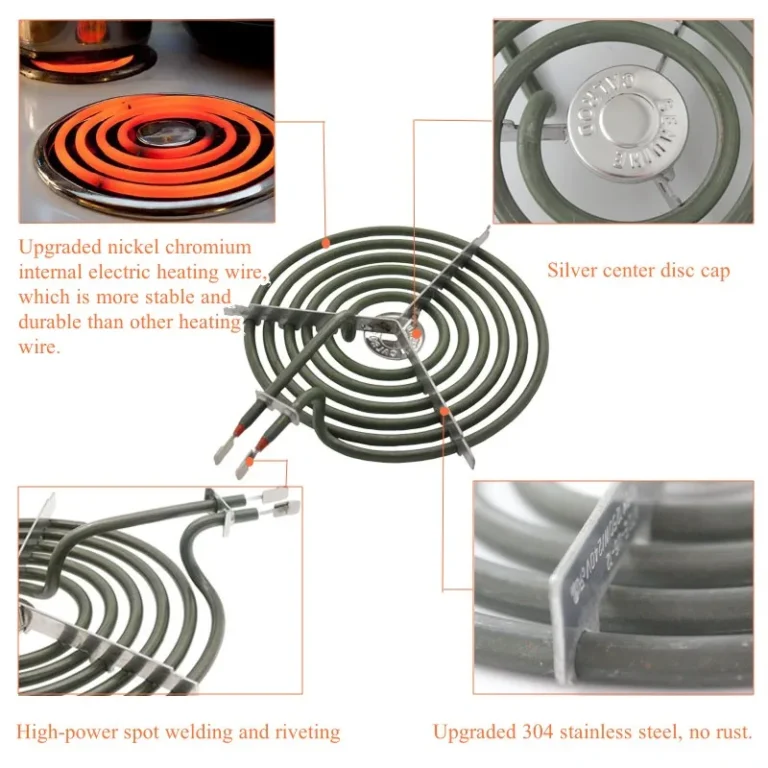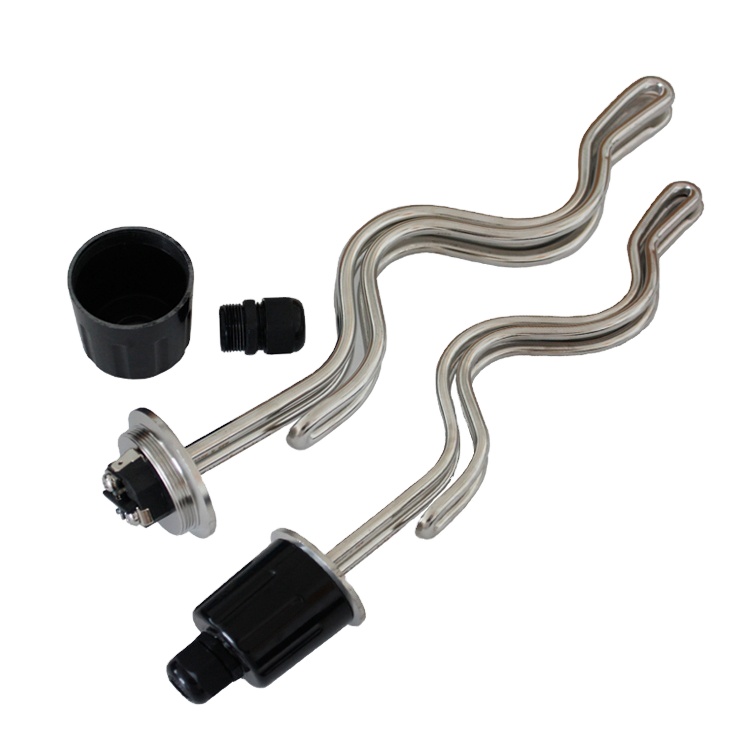Description of the Flange water heater element

In the heart of your water heater, you’ll find a key component: the flange water heater element. This might sound a bit obscure, but understanding it can be straightforward. And to ensure everyone is following along, we’ll break it down, from what it is, how it works, its advantages and drawbacks.
The flange water heater element is best understood as your water heater’s main event. It’s a robust, specially designed metal rod that dives into your water heater tank. The purpose? To heat the water to that perfectly toasty temperature we all appreciate.
Operating in a rather remarkable manner, it works under the concept of resistive heating. That might sound slightly intimidating, but the function is quite simple. The element receives an electrical charge, and as the electricity courses through it, the resistance encountered produces heat. This heat radiates outward, warming the surrounding water in the tank.
To help you visualize, think of the heating element akin to a metal bar in a bonfire. The bar itself, subjected to heat, becomes hot and in turn, can be used to warm its surrounding.
Next up is the “flanged” part of the flanged water heater element. This refers to the element’s base – a broad, flat area with multiple holes. It attaches securely to the water heater tank using bolts, providing a stable and reliable connection.
| tétel | érték |
| típus | Vízmelegítő |
| Áramforrás | Elektromos |
| Dimenzió(L*Sz*H) | Custom |
| Feszültség | 110V,120V,220V, 240V, 480V, 600V and so on |
| Sheath material | ŐK 304/316/321, 310S,Incoloy800/840 |
| Átmérő | 6.8mm,8mm,8.5mm,10mm,10.6mm,11mm,12mm,16mm,18mm,20mm |
| Szín | Ezüst |
| shape | Személyre szabott |
| Power tolerance | +5% -10% |
| Tanúsítvány | CE,RoHS,CQC,UL,ISO:9001 |
| MOQ | 100Pcs |
| Hossz | 100mm-6000mm |
Now that we have a clearer understanding of the flange water heater element’s function and characteristics let’s talk about its pros and cons.
On the plus side, they have the advantage of being quite robust and reliable. These elements heat up quickly, efficiently, and often stay hotter for longer periods of time, ensuring your water heater can keep up with demand. Emellett, their solid structure can withstand numerous heating cycles and function in various water conditions, making them a great choice for longevity.
However, we also need to consider the disadvantages. The flang water heater element, due to its specific design and mounting mechanism, is slightly more challenging to install and replace. Moreover, the constant exposure to hard or corrosive water may lead to deterioration over time, which can impact the water heater’s overall efficiency.
Conclusion
In conclusion, understanding the flange water heater element’s role gives an insight into the heart of our water heater. Despite the minor drawbacks, with its heating efficiency and durability, it remains an indispensable component of your water heater—translating into those warm showers and hot water for your day to day chores. But always remember, like every other component, it requires a bit of love in the form of regular maintenance to keep it in top shape. So, keep that in mind next time you enjoy a warm shower!




